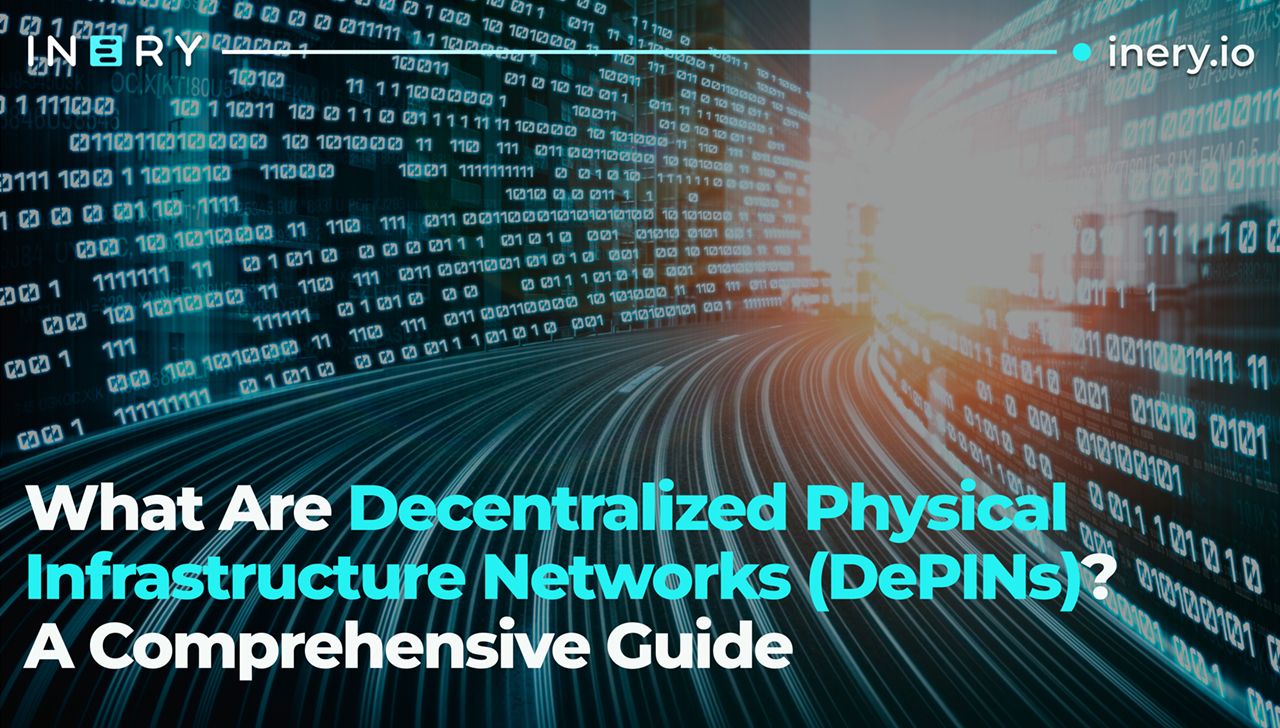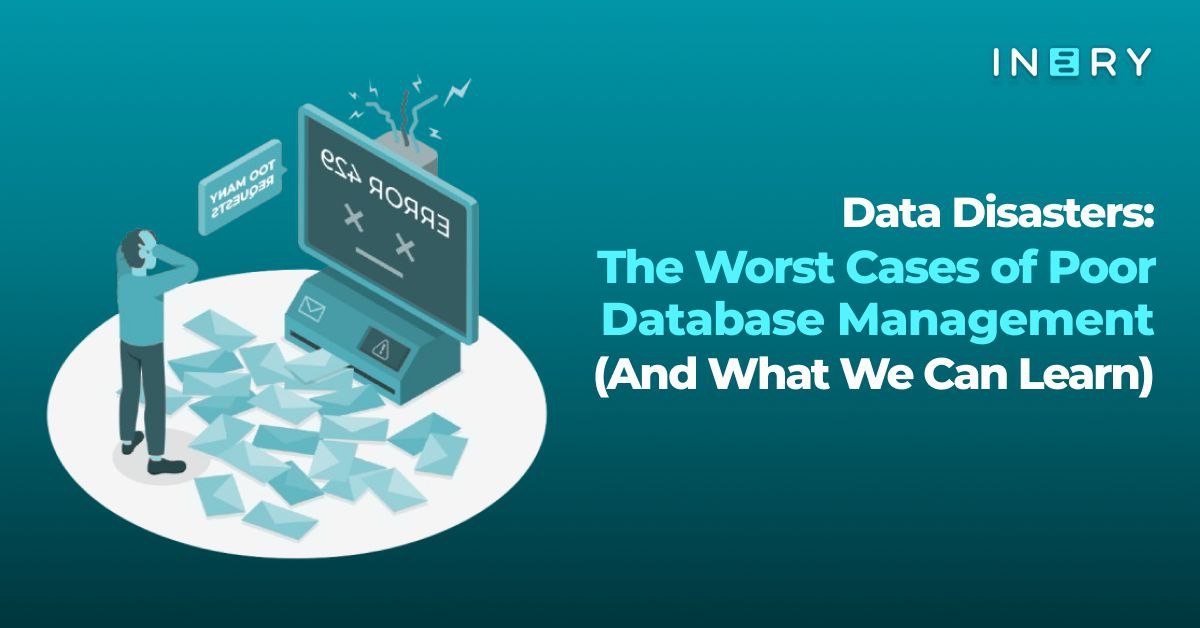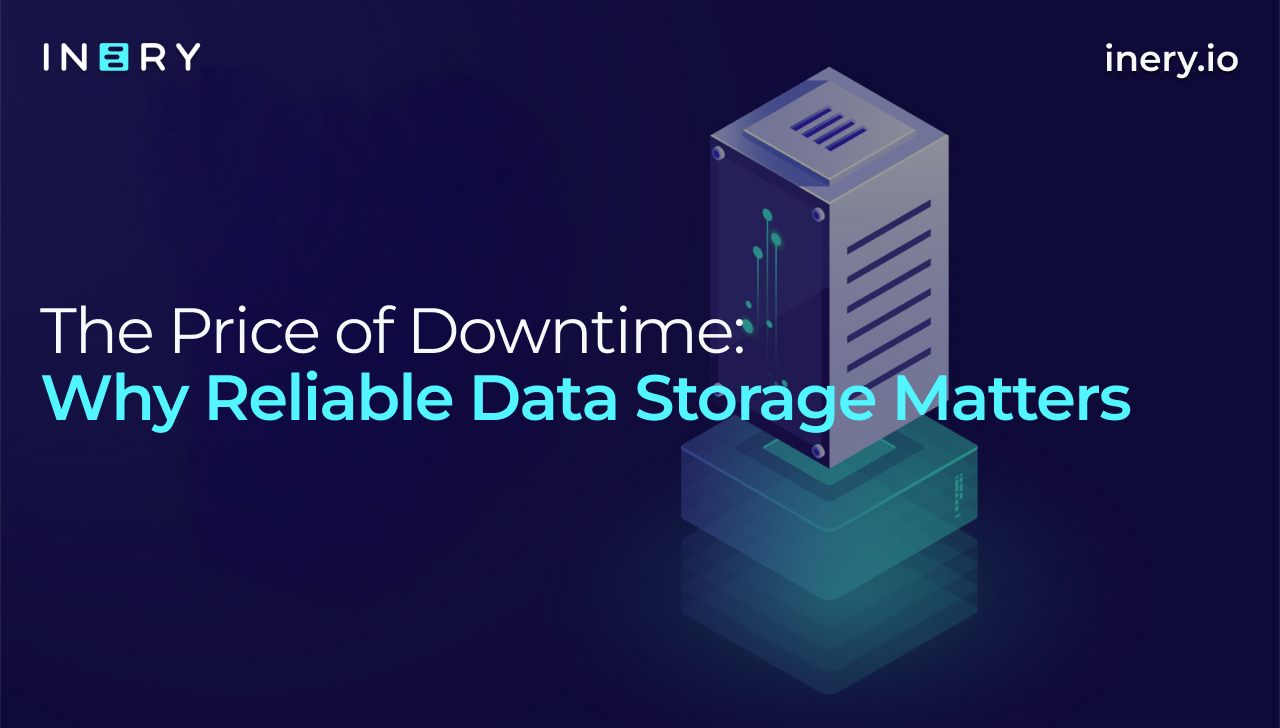Most of the time, the digital systems we use every day feel invisible. You open your banking app, buy something online, stream a film, or check a train schedule, and the data you need just appears. When that flow is interrupted, even briefly, it’s called downtime. In simple terms, downtime is the period when a system or service is unavailable. Sometimes it’s just a few seconds of buffering. Or checking whether the website or app is down.. Or it’s just you. Other times, it’s hours or even days of disruption, with consequences that go far beyond a minor inconvenience.
Downtime isn’t just a technical hiccup. It directly affects the way people live and work. Imagine trying to pay a bill online, only to find your bank’s website is “temporarily unavailable.” Or a picture showing up at an airport, but the airline’s check-in system is frozen, leaving thousands of passengers stranded. These aren’t abstract failures hidden in a server room; they’re moments where technology collides with everyday life.
Why It Matters
At first glance, downtime seems like something you can shrug off. After all, everyone has refreshed a website a couple of times and eventually gotten through. But when you scale downtime to the level of organizations, businesses, or governments, the stakes become bigger and much, much clearer.
For people, downtime can mean missed opportunities. A student might fail to upload an exam because the university’s portal went down. A job seeker might not be able to complete an application before the deadline. A missed online purchase might be the difference between buying a concert ticket at face value or paying triple from a reseller later.
For businesses, downtime translates directly into money lost. Research shows that Global 2000 companies collectively lose close to $400 billion annually to outages, roughly $200 million each. That figure covers not only lost sales, but also regulatory penalties and the expense of repairing reputations. In practice, just one hour of downtime can cost anywhere from thousands to several million dollars, depending on the industry.
Online stores stop processing sales, call centers are flooded with frustrated customers, and reputations take hits that can’t be repaired with a quick apology email. Customers don’t remember the reason; they just remember the failure.
For governments, the impact is often even larger. Critical public services like healthcare systems, tax platforms, or emergency response databases depend on continuous availability. If those systems freeze, the result isn’t just annoyance. It can mean delayed treatments, citizens unable to access essential benefits, or bureaucracies grinding to a halt. In moments of crisis, downtime can literally put lives at risk.
How Data Storage Fits In
At the heart of downtime is data. Every action we take online, sending a message, paying a bill, streaming a video, depends on retrieving and storing information. That’s why data storage isn’t a behind-the-scenes technical detail. It’s the foundation that keeps the entire digital world standing.
Think of storage like the plumbing in your house. If the pipes are solid and reliable, you never think about them. But if one pipe cracks, the entire system is compromised. Similarly, if a company’s database fails, the services built on top of it stop working. When databases crash, get corrupted, or can’t handle heavy demand, the outcome is the same: downtime.
Centralized storage systems, in particular, create weak spots. All the data is kept in one or a handful of places, which means those locations become single points of failure. If the central hub goes offline, everything built on it collapses too. Recovery often involves scrambling to restore backups, which may be outdated or incomplete, while users are left stuck in the middle.
What Happens When Things Go Wrong
When downtime strikes, the ripple effects are bigger than most people expect.
For individuals, the impact feels immediate and personal. Imagine being at the doctor’s office, but your test results aren’t available because the hospital’s record system is down. Or being at the checkout in a supermarket only to find that the payment terminals have frozen. In both cases, you’re not just annoyed. You’re quite literally powerless.
For businesses, downtime piles up costs on multiple fronts. Sales are lost in real time. Employees are forced to pause their work. IT teams are pushed into crisis mode, trying to bring systems back online. At the same time, customer trust takes a long-term hit. It’s not just that they couldn’t buy from you once. It’s that they’ll hesitate to rely on you next time. And in a competitive market, that hesitation often pushes them toward a competitor.
For governments, the consequences can be politically and socially damaging. A tax system that crashes on deadline day doesn’t just create chaos; it undermines citizens’ trust in institutions. An outage in a public health database during an outbreak could delay critical responses. In these contexts, downtime doesn’t just cost money. It can weaken public confidence and affect entire communities.
Why It Keeps Happening
If downtime is so costly, why does it keep happening? The reasons are varied. Hardware eventually fails. Software bugs slip through even the most rigorous testing. Human error, accidentally deleting or misconfiguring something, remains a leading cause of outages. And then there are malicious actors: cyberattacks aimed at overwhelming systems or holding them hostage.
But no matter the trigger, many of these failures share a common thread: weaknesses in data storage and management. Traditional centralized systems weren’t designed for the scale, speed, and critical dependence we see today. They’re fragile in the face of unexpected demand, vulnerable to attack, and often slow to recover when something goes wrong.
The Hidden Costs of Downtime
The direct costs of downtime are easy to measure, i.e., lost sales, missed revenue, and overtime for IT teams. But the hidden costs run deeper. Customers lose confidence and don’t always come back. Employees lose time that could have been spent on innovation rather than firefighting. For governments, downtime can translate into public dissatisfaction that outlasts the outage itself.
In a world where people expect services to be available around the clock, even short periods of downtime can damage reputations built over years. Trust is hard to win, and once broken, it’s even harder to rebuild.
Why Reliability in Data Storage Isn’t Optional
Reliable data storage isn’t a bonus feature. It’s the backbone of every digital interaction, from the most casual app to the most critical national infrastructure. The systems we build and depend on need to be able to withstand both everyday demand and extraordinary challenges, for example, surges in traffic, natural disasters, cyber threats, or simple mistakes.
When downtime becomes a regular part of life, organizations are essentially budgeting for failure. But the stakes today are too high for that mindset. People expect more. Businesses need more. Governments can’t afford less.
How Inery DLT Addresses the Problem
Instead of leaning on a single centralized system that can break under pressure, Inery distributes data across multiple nodes. By doing so, it removes the single point of failure that plagues traditional setups. If one part of the system falters, the others continue to operate, ensuring that data remains available and services keep running.
For the person booking a flight or accessing medical records, this means consistency. The system works when they need it. For businesses, it reduces the massive financial risks tied to downtime. For governments, it ensures that public services can stay online even when individual parts of the system encounter trouble.
Downtime is expensive, disruptive, and damaging in ways that are often underestimated. Reliable data storage is the key to preventing it, and Inery DLT provides the structure to make that reliability possible. Because in the end, the true cost of downtime isn’t just measured in money, but in lost trust, disrupted lives, and opportunities that vanished in the silence of unavailable systems.

Inery•
1 year ago
The Challenges of Implementing Blockchain in Traditional Industries
Explore the transformative potential and challenges of implementing Inery's blockchain technology across traditional industries. This analysis covers the revolutionary impacts on finance, healthcare, real estate, and more. ...READ MORE
-1715854000.png)
Share

Inery•
7 months ago
What Are Decentralized Physical Infrastructure Networks (DePINs)? A Comprehensive Guide
What are DePINs, and why is everyone talking about them? This in-depth guide explores the rise of decentralized infrastructure and how it’s reshaping ownership, coordination, and value in the physical world. ...READ MORE

Share

Inery•
2 years ago
Google, Amazon, Apple, and Meta: Guardians or Intruders of Privacy?
The biggest names in Big Tech know more about you than you may be comfortable with. Click here to see how bad the situation is. ...READ MORE

Share

Inery•
1 year ago
Data Disasters: The Worst Cases of Poor Database Management (And What We Can Learn)
Poor database management has led to some of the worst data disasters ever. Dive into these cases and find out how Inery can keep data secure. ...READ MORE

Share
Most popular today



